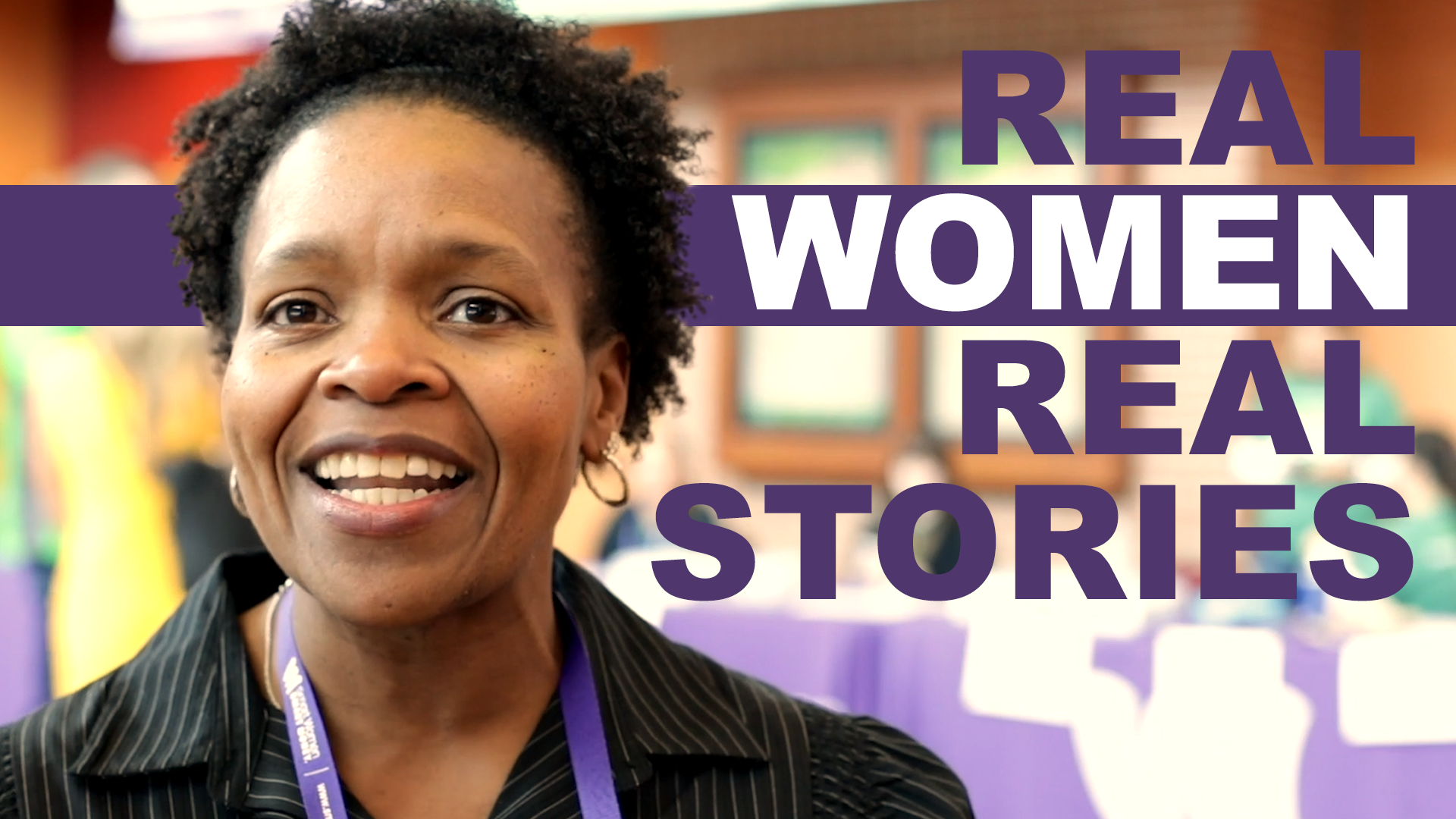By Stacie Rhodes
Editors Note: Over the next few months, Stacie Rhodes will be sharing strategies for financial readiness for each decade of our lives.
My mom washed and reused plastic sandwich and gallon bags. If the aluminum foil wasn’t “too messy,” it was rinsed and reused. The plastic containers that package deli meat were repurposed to box up leftovers. This was normal to me. Only when I went off to college and repeated the behaviors did I realize that these patterns were more uncommon than common. It wasn’t until I was older that I realized the truth of John Maxwell’s words, “more is caught than taught. You can teach your kids what you know, but you reproduce what you are.” My mom didn’t detail the “why” behind these cost-cutting strategies, but they are seared deeply into my memory. I have since realized that her behavior evidenced a deeper value system that would garner more respect with each passing year. She was operating within the means of our income while relentlessly pursuing financial freedom for our family.
The reality is that freedom comes with a heavy price tag – responsibility. Responsibility is defined as the “duty to deal with or take care of someone or something.” Freedom requires a shift in mentality where there is an ownership of action – a leaning in to influence a desired outcome. My mom owned the responsibility of managing a household that had limited resources, and we are seeing a trend of more women stepping into this role. More than two-thirds of the wealth in the United States will be held by women by 2030, as revealed through recent research by McKinsey.
Ladies – it’s time to lean in. We are in unique positions to have more influence; and, if handled responsibly, more freedom.
But how are we currently handling this responsibility? More than 2 in 5 women (46%) indicate money issues negatively impact their mental health. A recent study found that 40% of Americans cited their most common financial mistake in 2022 was not saving money, while 35% of respondents indicated they had formed “bad habits” during this time.
Just as I have been dramatically impacted by the actions of my mom, you have your own sphere of influence. Over the next few months, we will be talking about the pursuit of financial freedom in each decade of life. I hope to share important practical steps to take as well as behavioral principles to apply.
As we focus on the teen years, I want to address the parents as well as the teens. Both are essential elements of this process.
Dear parent…
- Start talking about your money values. The money habits of children are established by the age of 7. I’ll repeat, “more is caught than taught.” While your actions will speak louder than your words, your words matter. Imagine if we talked through the “why” behind our actions. What money values are you hoping to model? How are they being conveyed? Do your actions match your words?
- Establish principles early. My parents had a rule for every dollar that I earned or received while living under their roof – 50/40/10. This principle required 50% to go into my savings account, 40% to be spent however I chose, and 10% to be given away. In doing so, they established two major priorities aligned with our core value systems – saving and giving. The leftover was up to my discretion. How can you start implementing principles to foster healthy money habits?
- Use cash as much as possible. Since the pandemic, the use of cash for purchases has continued to decline. According to an MIT study, people may spend up to 85% more when using a credit card compared to cash. This is due to the loss aversion built into human nature. Using cash can help teens start feeling the “pain of paying.” How could you help them start realizing the impact of spending?
- Stop paying for everything. We have a finite number of resources for an infinite number of choices. The sooner your dependent starts understanding that saying “yes” to one purchase says “no” to another choice, the sooner they start wrestling with the concept of needs versus wants, priorities, scarcity, and so much more. What lessons are you preventing them from learning?
Ladies – let’s not assume our children are picking up the silent signals of the value system we hope they will model, nor assume others will teach them what they need to know. Your influence on how they currently manage their money and how they will manage it in the future is more than you realize. Be proactive and start the conversation – now. Their financial future depends on it.










